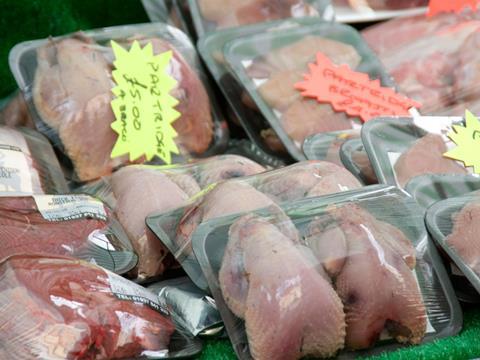
Brits need to up their game. That’s the message from the British Game Alliance, a marketing initiative set to launch next month with the aim of boosting consumption and finding new uses for game meat.
It seems timely. While a Mintel report in November painted a healthy picture of unprocessed game retail value sales, up from £98m in 2014 to an estimated £123m in 2017, according to Kantar Worldpanel data, supermarket are falling. After years of growth, they fell 6.5% to £98.7m in March, and the latest figures show them down again to £98.3m [Kantar Worldpanel 52 w/e 26 March 2018]. Venison sales fared particularly badly, down 7.9% to £6.6m, with volumes falling by 16.2%. Meanwhile concerns are emerging that overshooting of feathered game means supply outstrips demand.
What’s going on? Where does supply stand? And how is the industry convincing Brits to tuck into more game?
UK retail value sales of unprocessed game [Mintel]
2014: £98m
2015: £105m
2016: £114m
2017 (est): £123m
Fresh game supermarket sales [Kantar Worldpanel]
52 w/e 30 March 2014: £81.9m
52 w/e 29 March 2015: £94m
52 w/e 27 March 2016: £105.5m
52 w/e 26 March 2017: £98.7m
52 w/e 25 March 2018: £98.3m
Venison has suffered from supply shortages, with New Zealand imports shrinking as the country concentrates on expanding the national herd, says Highland Game founder Christian Nissen. With demand for the meat rising 10.5% over the past five years [Kantar Worldpanel], prices have spiked as a result, with consequences for retail listings and sales.
“It’s exceptionally hard to win shelf space, but easy to lose,” adds Nissen. “Retailers have been resistant to price increases, which are up by as much as 40% compared with early 2017. I know of at least one supermarket which is considering delisting venison, as it’s easy to replace with other, cheaper proteins.”
Overshooting
Feathered game is suffering from the opposite problem. Prices have slipped because shoots have failed to consider a market for the resulting products, says British Game Alliance MD Tom Adams. And while data on this sub-category is scarce, sources suggest volumes of wild feathered game are up by close to 8% on last year.
“Small game birds are worth a lot of money until they’re dead,” says Paul Scott, sales and marketing director at Ben Rigby Game. “Sporting estates put more and more birds down, but there isn’t as much demand as there once was so some of these birds are sitting processed in cold stores, frozen.”
There are also widespread reports of game being simply buried at the end of shoots.
Either scenario needs to stop if the industry is to protect its image, warns James Horne, chairman of Purdey and co-founder of the Eat Game Awards.
“Game is a sustainable meat produced across the UK, so food miles are kept to a minimum. We are encouraging all suppliers to ensure wastage is minimised and the market is working hard to ensure quality that arrives into the food chain is maintained at the very highest level.”
The industry is “feeling the pressure to come up with new ways to market the product and get it into the food chain”, says Scott. Hence the birth of the British Game Alliance, a new marketing board financed by membership dues from shoots, as well as an optional levy of 50p per bird. The alliance will introduce a marque of best practice akin to the Red Tractor standard, with the idea that consumers will come to recognise the marque and overcome preconceptions around game.
The first of these is around taste. The industry has already addressed this. “Game doesn’t taste the same as it did years ago,” says Taste of Game development manager Annette Woolcock. “It’s not hung up for three weeks and doesn’t have that gamey taste people recoil from.” Whether consumers have cottoned on yet is another matter.
Ready meals
The Alliance also hopes to encourage wider use of game in ready meals and ready-to-cook products to help overcome perhaps the biggest barrier to game consumption - consumer ignorance about how to cook it.
“Younger consumers don’t want to eat off the bone, they want something quick and easy,” says Adams. “One of the key barriers to game is a fear of cooking it, as their parents never cooked it, so putting game in a familiar setting such as a ready meal makes it more accessible,” says Adams. The other challenge is helping retailers understand the seasonal nature of game, says campaigns manager at Game to Eat Jack Knott. “Seasonality is coming back into fashion so getting products into the discounters will be crucial. We had partridge and pheasant in Waitrose and M&S last year, as well as in Morrisons and Asda.”
The tactic has had results for venison, with Highland Game supplying Iceland’s Food Warehouses under its Outlanddish brand as well as producing lasagne, chilli con carne and stroganoff.
What price a Partridge Kiev on a nearby table soon?



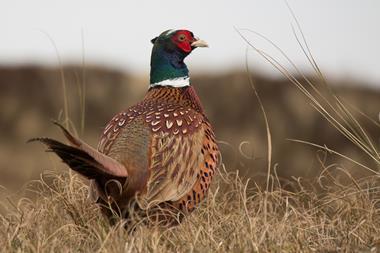

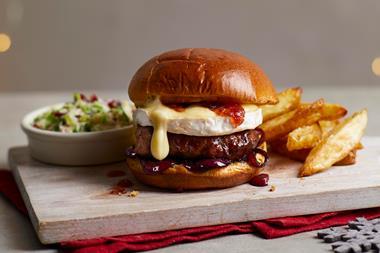
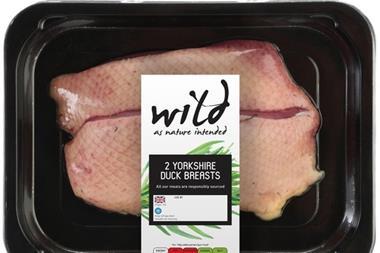
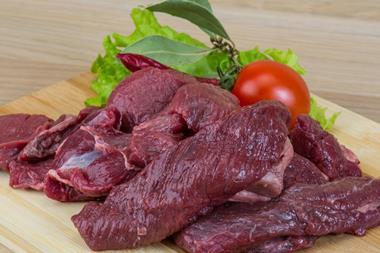
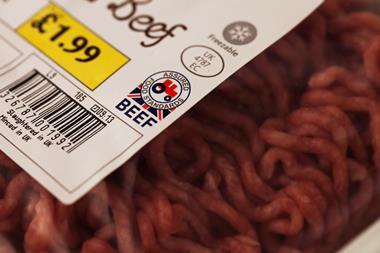
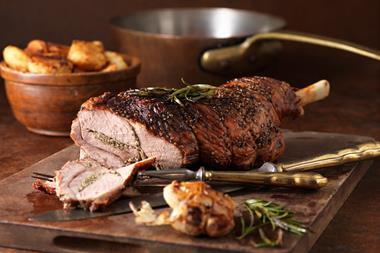
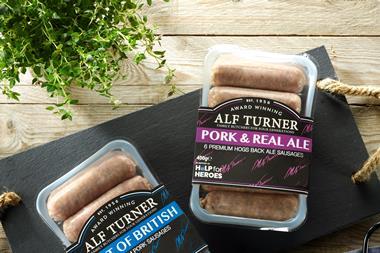
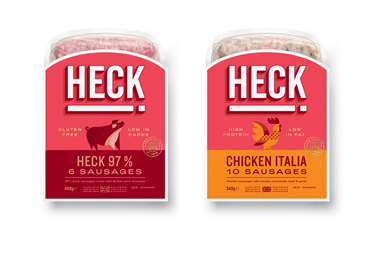
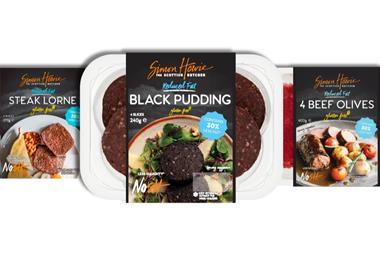
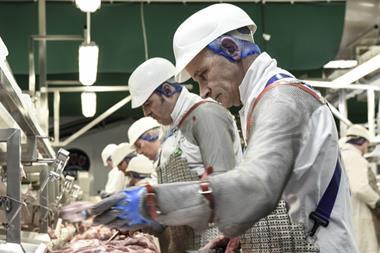

No comments yet